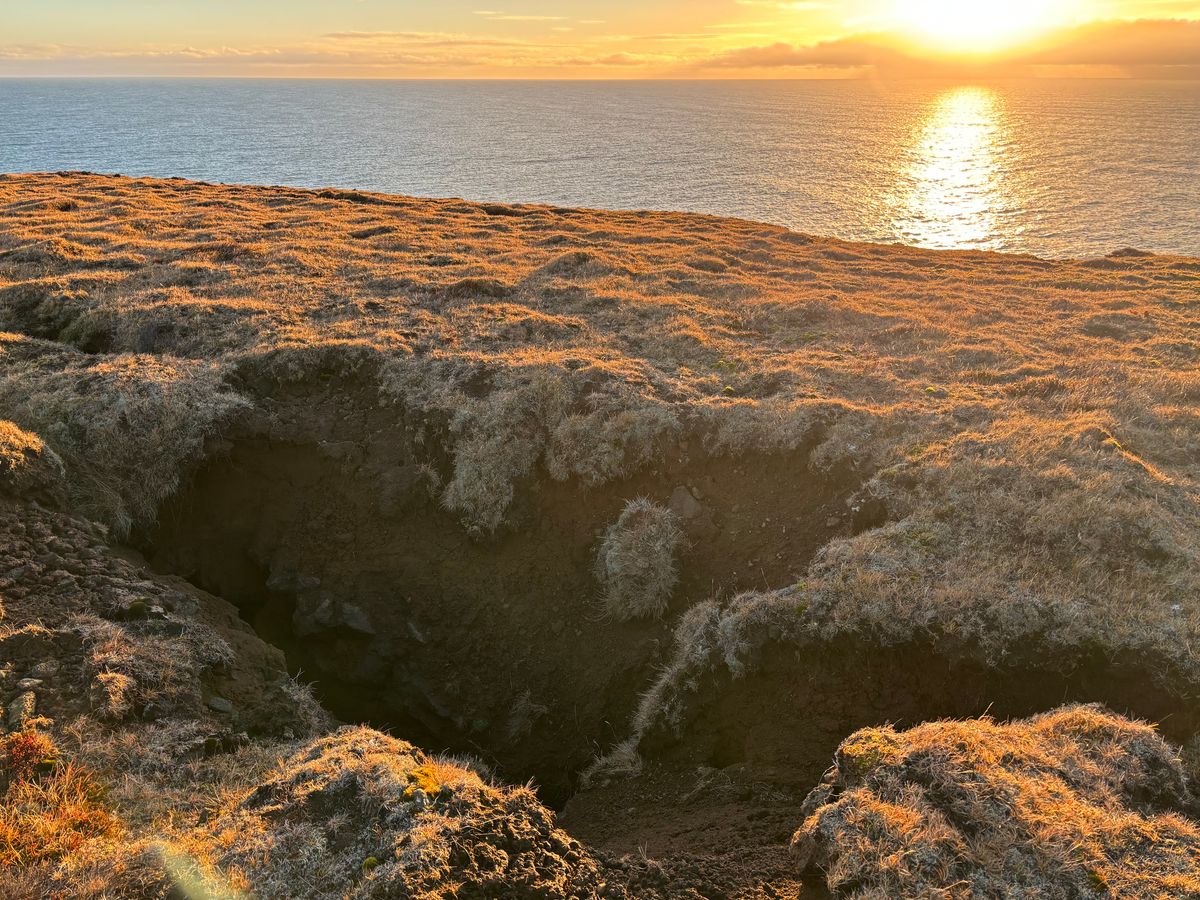Krakatoa, a/k/a Krakatau -- out in the Sunda Strait between Sumatra and Java -- has been active off and on down through the last hundred years.
I got superexcited about it upon learning that, but soon learned that this is what the volcano does: blows itself to pieces as in
1883, and then slowly rebuilds itself through fairly small eruptions; blows itself to pieces again; rinse and repeat.
It's in the reconstruction phase now and having a series of rather powerful vulcanian pops, but that's all part of the pattern (though the volcano still is
deadly).
Saw this satellite photo, though, and wanted to share it because of the view directly over the volcano.
The plume is coming up from the new young volcano that formed in the 20th century. You see all that water, surrounded by islands, around and under the plume?
That used to all be an island, and
that is what exploded in 1883. This view gives us some idea of the scale of that event.
What is erupting now is "Son of Krakatau" -- Anak Krakatau. It breached the surface between 1927 and 1929, and some young Dutch geologists filmed the event.
Don't know if anyone will care to watch the whole video, which has a lot of closeups of rocks, is silent, and with Dutch titles here and there, but there
are interesting views of another world, another time, and you might enjoy the biplane sequences, complete with selfies!
Ah, yes -- and the explosions. Lots and lots of Surtseyan eruptions.
I love it. Here it is:
For contrast, Naked Science made a film, shortly after Indonesia's bad tsunami, that intermingles modern-day fact and a recreation of the 1883 blast that's a little too overdramatized in terms of characters IMO but good with the basic eruption details.
Also, the team visits Anak Krakatau as it was before the 2018 flank collapse. Looks quite different from the Dutch open cockpit days, no?
Volcanoes are changeful places.
Krakatau isn't going to do this again any time soon, but since this eruption is so famous and the volcano is active at the moment, I thought a post about it would be timely.
Maybe this has already been shared, but it does go well with the current overhead satellite image showing water where this island used to be:



